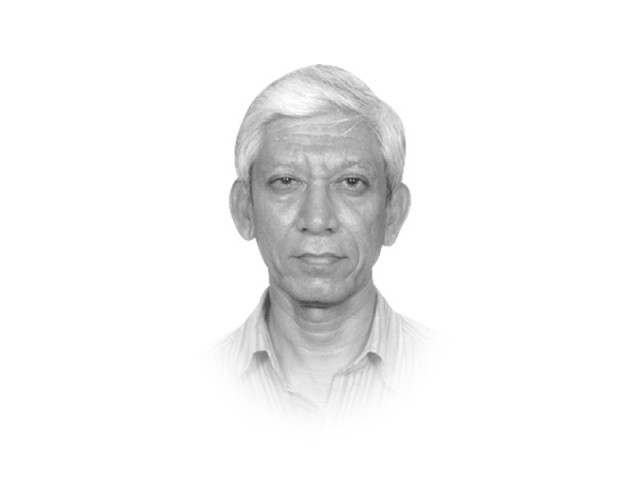Patterns of change and resistance
Throughout ‘Muslim’ rule the masses who had converted were never considered a part of the Muslim community.

Throughout ‘Muslim’ rule, nevertheless, the masses of middle and lower caste people who had converted to ‘Muslims’, perhaps looking for an escape from the rigid caste system, were never considered a part of the Muslim community but were known by and treated according to their caste status. Not only were they condemned to continue their ancestral caste occupation, they also had to obey the age-old rules of social segregation; glorifed by faithful sharif writers as ‘our golden traditions’ or hamari tehzeeb. Castes names, such as julaha, qasai, kunjra, dhobi, not to mention jangli, mirasi, chamar, bhangi, kanjar, etc., are still used as derogatory terms — sometimes even as swear words — in all languages of north India. Men from these stigmatised castes had to marry within or below their caste, but women coming from these strata were systematically used as rakhels by men of castes above them in the hierarchy, especially the Ashraaf, and also by middle castes that economically dominated a particular area.
This practice of segregation was successfully retained until the slow process of socioeconomic change set in and this happened differently, with different speeds and characteristics, in different geographical areas and social milieus. As long as this segregation was safely in place, it had the religious sanction from the village, town and darbari maulvi who routinely applied to them the religious regulations supposedly governing the lives of slaves, although these men and women of khidmati or service castes had not been captured in jihad as such, which is generally described as a precondition of making someone a slave.
No nikah was considered necessary while sexually exploiting these women, and children born of these liaisons did not inherit property. This social violence was routinely accompanied by stigma, contempt and sometimes physical violence as well. Women belonging to the shurafa castes were, however, considered namoos; honour of the males of their clans and were kept under strict gender segregation, which is the rationale of the term purdah-nasheen, or someone who sits in segregation. Any perceived violation of the unbending rules of gender segregation was dealt with very sternly, frequently resulting in erring and the unfortunate woman losing her life.
As far as other forms of physical labour are concerned, the established practice of begaar — unpaid labour — was continued and bolstered by the same religious regulations applicable to slaves. Since it is not easy to make someone work hard without compensation, all kinds of physical, psychological and other violence was weaved into the social fabric of the traditional north Indian Muslim society.
Once the slow but steady process of change sets in, it became increasingly difficult for shurafa and their spokesmen — writers, journalists, educationists and so on — to justify these practices. However, the Muslim middle castes that achieved a higher economic status — either as a result of working for the colonial administration as employees and thekedars (contractors) of various descriptions, or by becoming agricultural landowners in the areas that came under cultivation after a huge canal network was constructed in the northern plains — mostly adopted the worldview and social practices. It is intriguing to note how some of these middle castes try hard to get themselves counted among the shurafa caste groups using different means, instead of challenging the system of caste hierarchy and the rigid customs of social and gender segregation accompanying it.
Caste histories written by people belonging to middle caste groups — Momin Ansaris, Awans, Rajputs, Jats, Gujars and so forth — make interesting reading. They usually pay homage to the system of caste hierarchy and accept the supremacy of castes such as Syeds and Mughals before claiming the slot just below them on the basis of a perceived high, or even foreign, origin for their own caste. Influential men belonging to these middle castes — those who wielded a level of authority in their social milieu — bought wholesale the worldview originally constructed to justify the supremacy and domination of the original four shurafa caste groups. There were others from the same background who wanted education, and not the high or low birth, of a person to be the determinant of social status, provided the person in question had already acquired a reasonable material success.
These upwardly mobile middle castes not only adopted and tried to continue the practices of social segregation but strived hard to impose on their women the same kind of gender segregation that was the norm among the shurafa. In the traditional set-up, women of this background could not imagine being purdah-nasheen, as their caste occupations required them to be mobile. Even in the changed circumstances, many families belonging to middle castes could not afford to provide a sharif-style segregated life for their women, therefore, a travelling segregator — burqa — was invented for these upwardly mobile women of modern times. Also, they adopted practices like honour killings that were once the exclusive domain of the shurafa.
Since traditional society — before the change, so to say — did not accord these castes the social status they were demanding, the proponents of ‘our glorious tradition’ kept on resisting such demands as strongly and as long as they could. This process of change and the resistance against it went on during the 19th and the first half of the 20th century.
Published in The Express Tribune, April 21st, 2012.













COMMENTS
Comments are moderated and generally will be posted if they are on-topic and not abusive.
For more information, please see our Comments FAQ